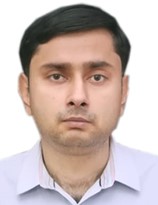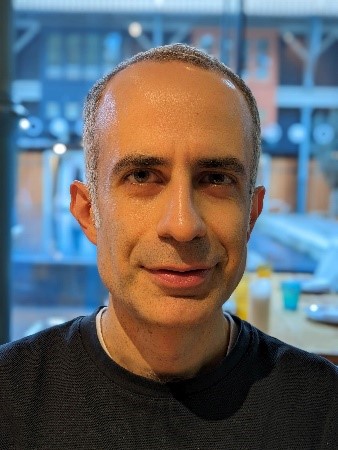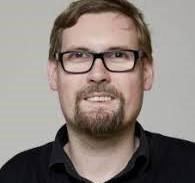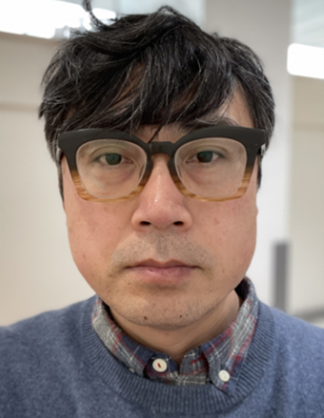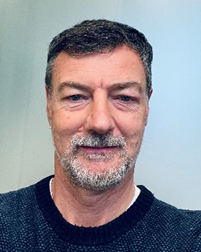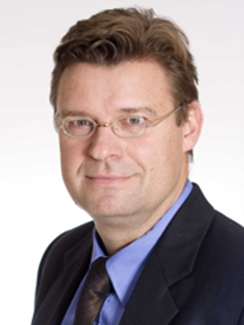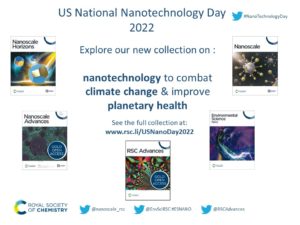Experimental and theoretical evidence for unprecedented strong interactions of gold atoms with boron on boron/sulfur-doped carbon surfaces
Nanoscale Advances publishes experimental and theoretical work across the breadth of the nanoscienes, which are open access and free to read. We are excited to highlight a recent article on the detection of direct Au-B interactions in nanomaterials with the potential for controlling the dynamics of metal atoms on fabricated matrices and a new-generation of nano-devices with wide applications.
In this post, we share insights from our interview with the authors of this paper titled “Experimental and theoretical evidence for unprecedented strong interactions of gold atoms with boron on boron/sulfur-doped carbon surfaces“.
Insights from the authors of a recent Nanoscale Advances article
What aspect of your research are you most excited about at the moment?
“The prospect of using new techniques to explore the chemistry of metals on the nanoscale level, not only for understanding the chemistry of biologically essential metals, but also for applications in disease diagnosis and drug design.”
What do you find most challenging about your research?
“The challenges posed by dynamic metallomics- those of defining on the nanoscale the oxidation states of metal ions, the nature of the coordinated ligands, as well as their coordination geometries and tracking changes on timescales of nanoseconds to years.
Our paper shows we have come close to achieving this for a single gold atom. We dream of using a similar approach to unravel the chemistry of the formation and properties of metallic iron and copper nanocrystals in the brain [https://www.science.org/doi/10.1126/sciadv.abf6707]”
How do you feel about Nanoscale Advances as a place to publish research on this topic?
“Perfect for our current discoveries which are based not only on experimental studies using state-of-the-art techniques, but also on challenging theoretical calculations.”
What is one piece of career-related advice or wisdom that you would like to share with early career scientists?
“Enjoy the excitement of discovery research- the unexpected findings that open up totally new areas of research. That was how our research on single-metal-atom coordination chemistry began!”
Meet the authors
We congratulate the authors on their impactful work and wish them success in their future academic research!



